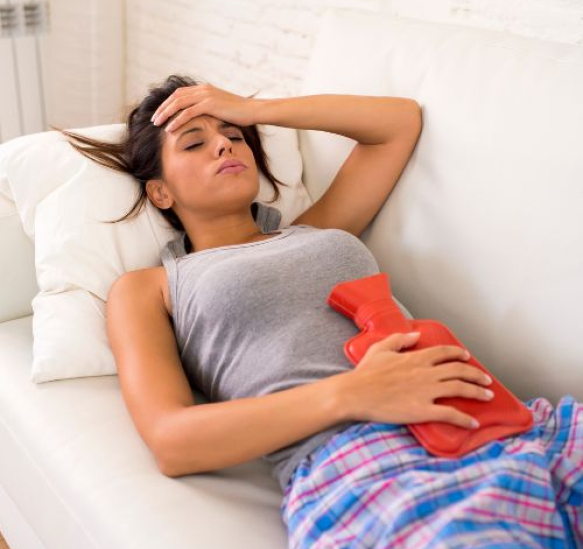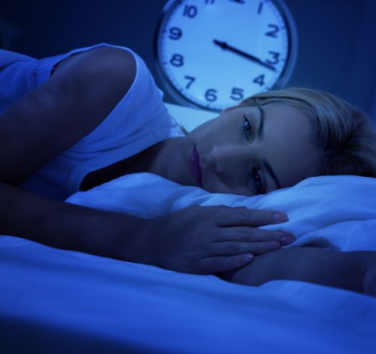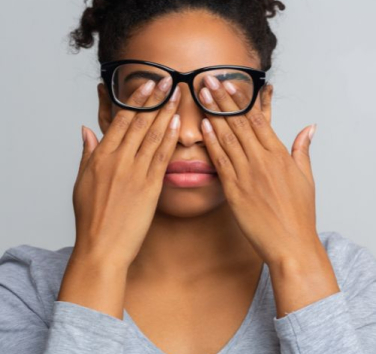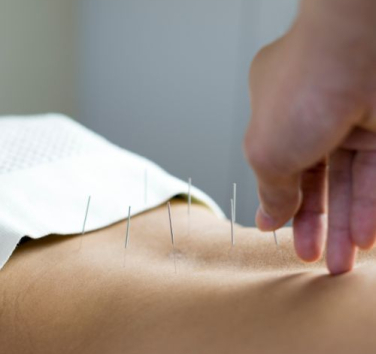Painful periods: what causes?
According to a study carried out by the IFOP, nearly one in two French women suffer from painful periods, or dysmenorrhea.
These pains are usually caused by muscular contractions in the uterus. During menstruation, the body releases prostaglandins, chemicals that cause the muscles of the uterus to contract to help expel the inner layer of the uterus, or endometrium, which sheds during the menstrual cycle.
The higher the level of prostaglandins, the stronger and more painful the contractions can be. They will cause a temporary decrease in blood flow to the uterusand lead to more or less intense pain and cramps.
Certain underlying pathologies, such as endometriosis or uterine fibroids, can exacerbate this menstrual pain.
Dysmenorrhea can also be accompanied by premenstrual syndrome, or PMS, which begins a few days before your period. Added to the pain are nausea, headaches, digestive problems and a feeling of unease.
Dropping: what exactly are we talking about?
The return of labor, or lochia, refers to the first menstrual period after childbirth. This phenomenon marks the resumption of menstrual cycles following the period of pregnancy and childbirth, during which menstruation is usually absent.
Returning diaper occurs after the body has eliminated all postpartum tissue and bleeding. The timing of the return of labor varies from woman to woman, but it generally occurs between six and eight weeks after giving birth if the woman is not breastfeeding.
In breastfeeding women, the return of labor may be delayed, sometimes until breastfeeding is significantly reduced or stopped, due to the influence of breastfeeding hormones on cycles menstrual.
The pain associated with returning from diapers is more intense than ordinary menstrual cramps. They are due to the contraction of the uterus which gradually returns to its normal size after pregnancy. This process, known as uterine involution, prevents excessive bleeding and restores the uterus to normal.
CBD to relieve menstrual pain (ordinary and after birth)
With its anti-inflammatory, pain-relieving, soothing and antioxidant properties, cannabidiol (CBD) ticks all the boxes for relieving menstrual pain, whether ordinary or in the case of 'a return from diaper.
James Madison University has also produced a study to confirm (or refute) the benefit of CBD in soothing menstrual pain. Around forty women of childbearing age were divided into two groups:
- Group 1: administration of 160 mg of CBD in two divided doses;
- Group 2: administration of 320 mg of CBD in two divided doses.
In both cases, taking cannabidiol began 5 days from the onset of menstrual or premenstrual pain. Result:
- Women in Group 1 noted “a significant reduction” in menstrual pain;
- Women in Group 2 noted a more significant reduction in pain, with an additional reduction in anxiety and irritability.















